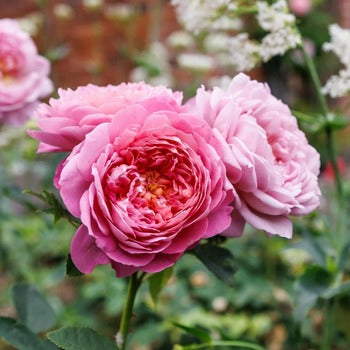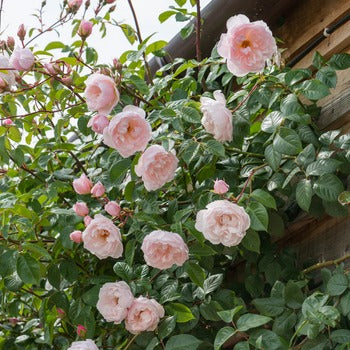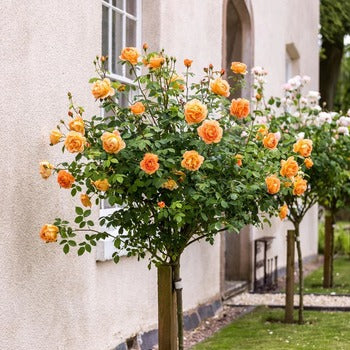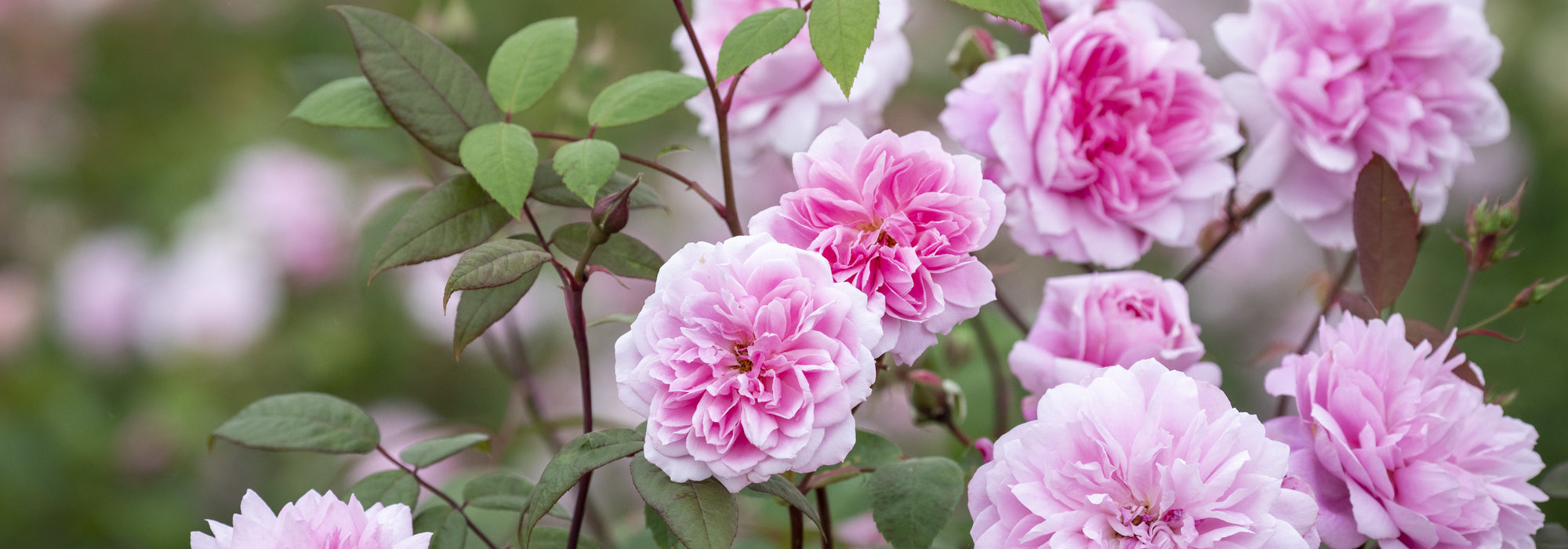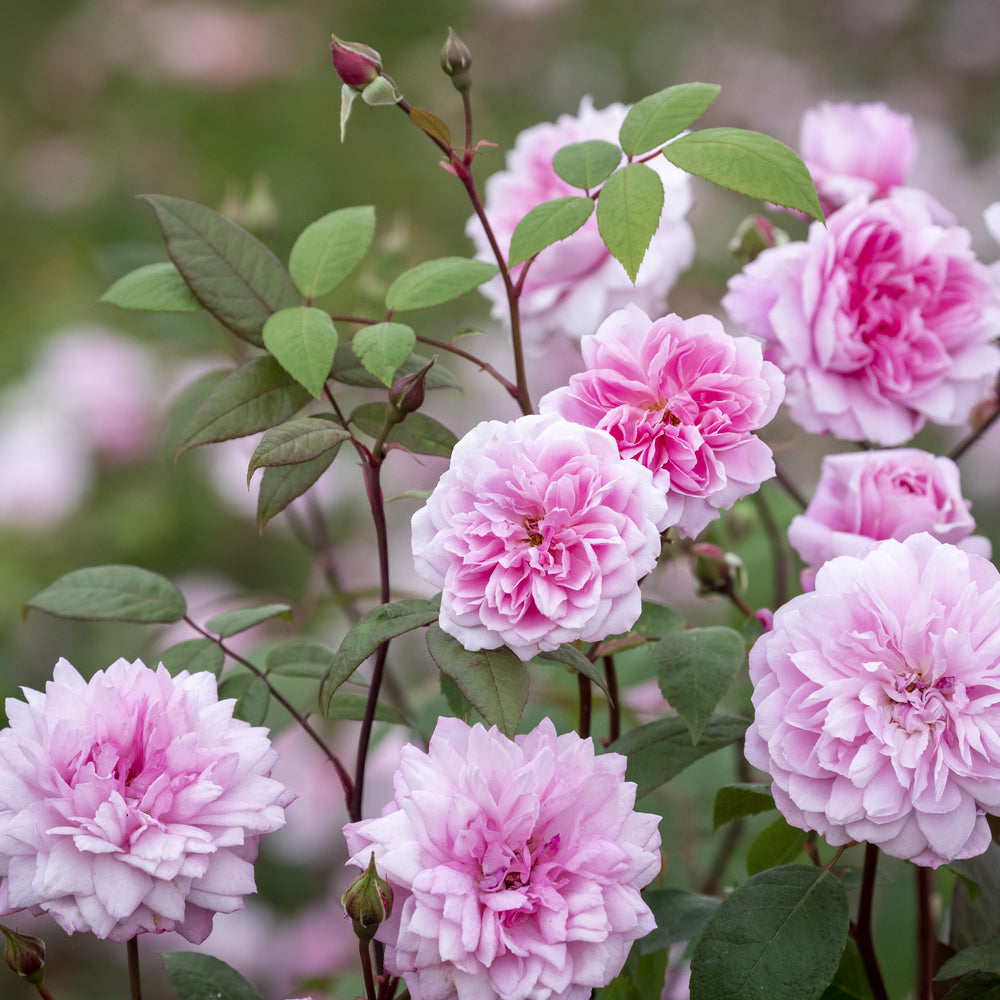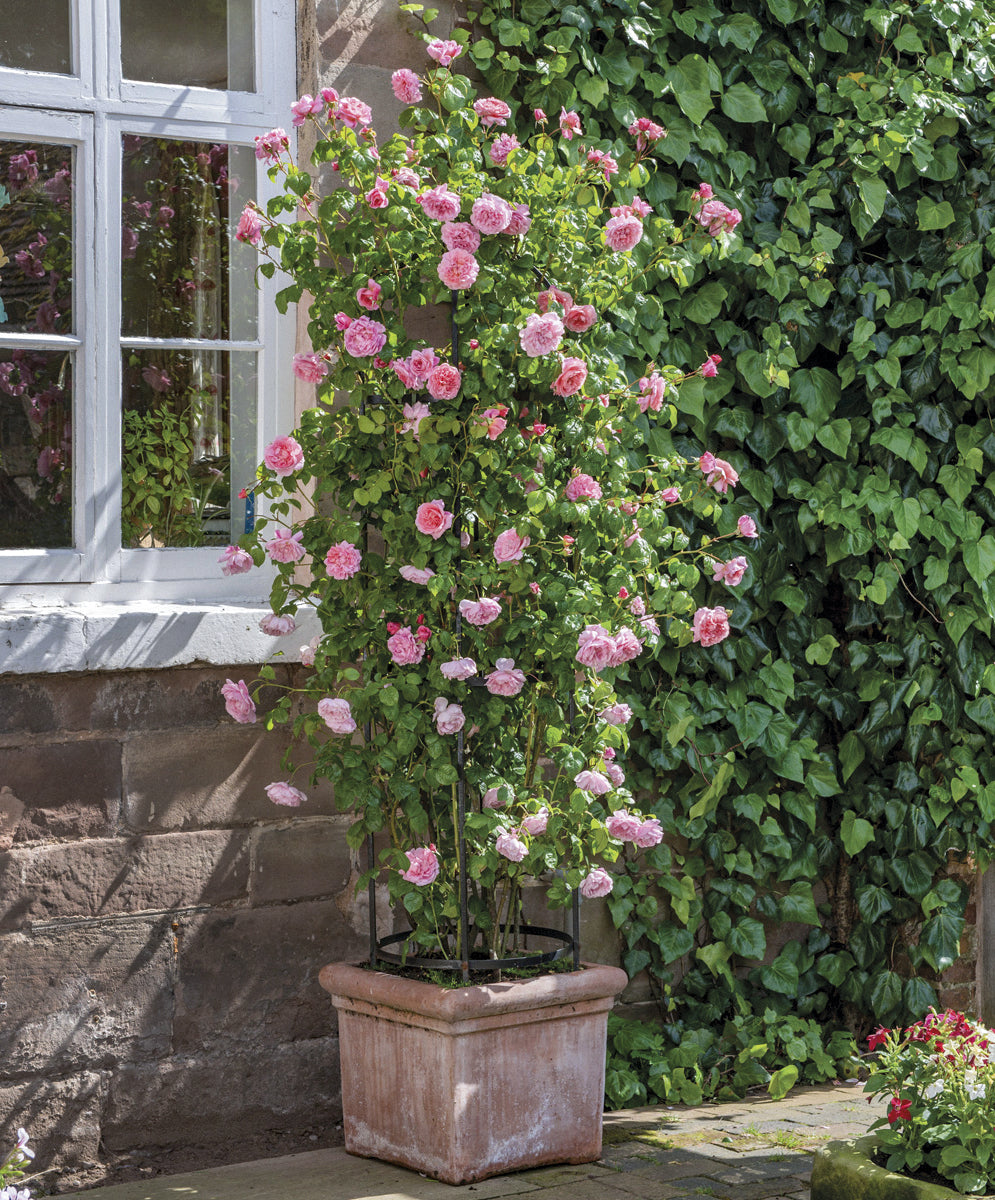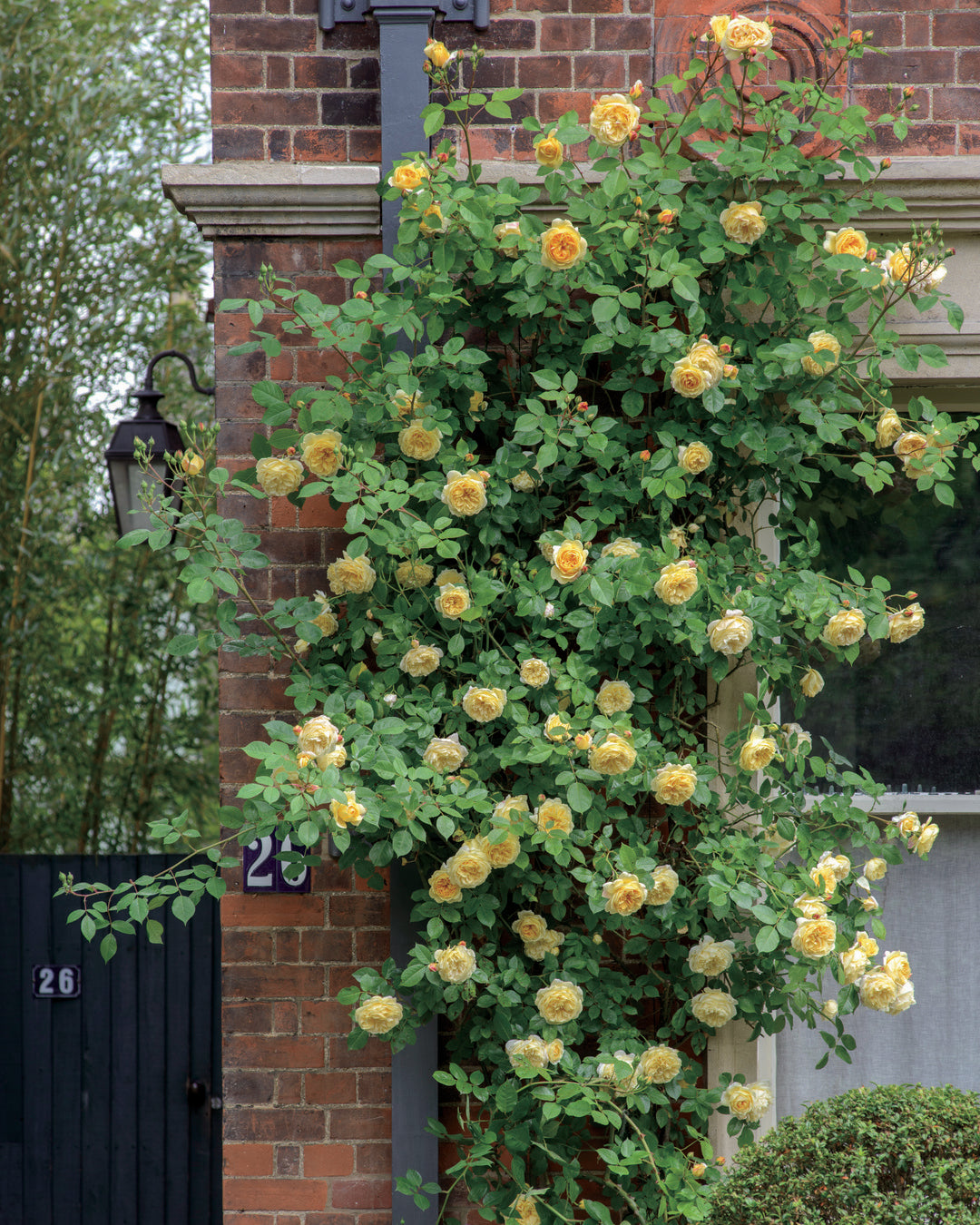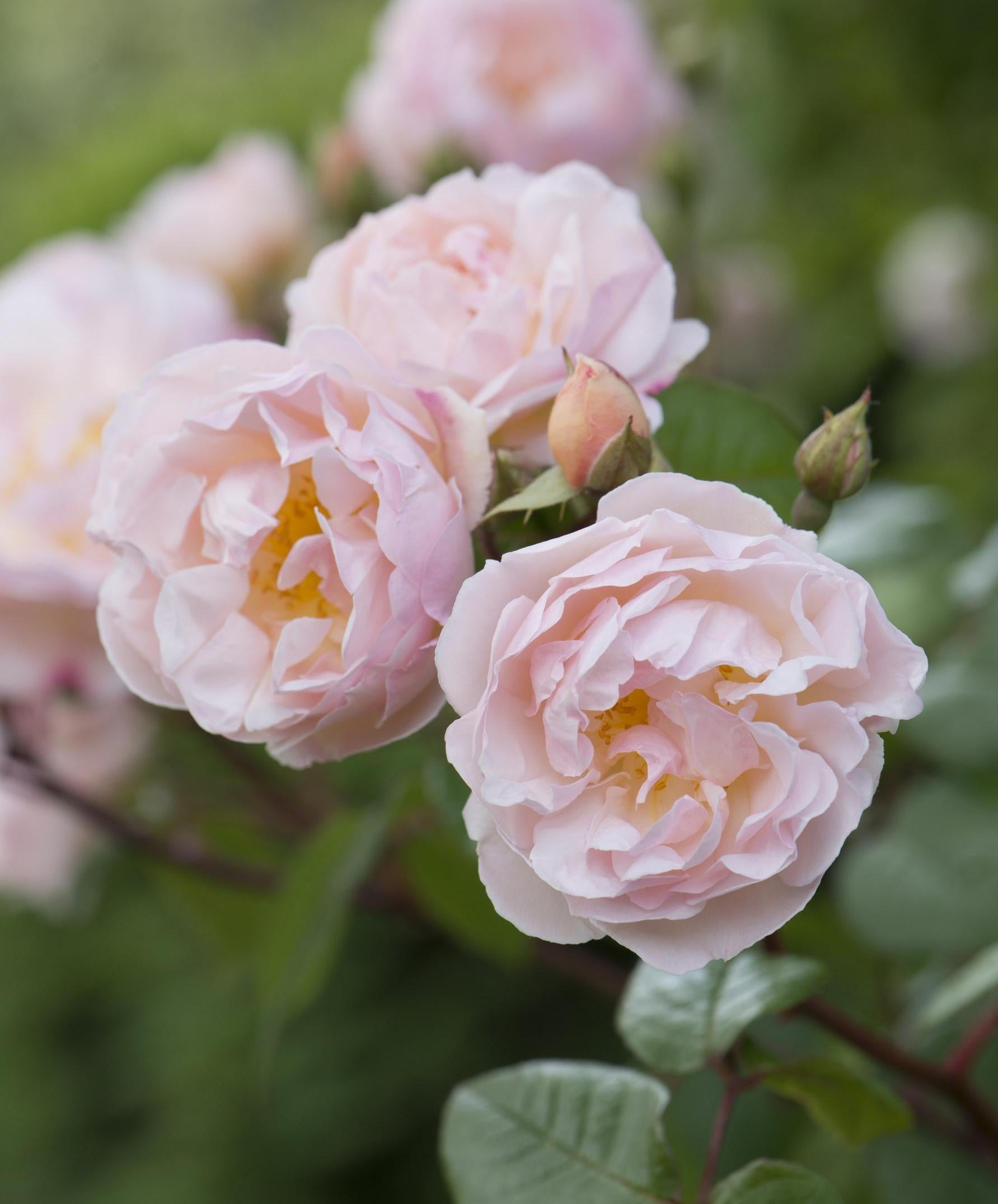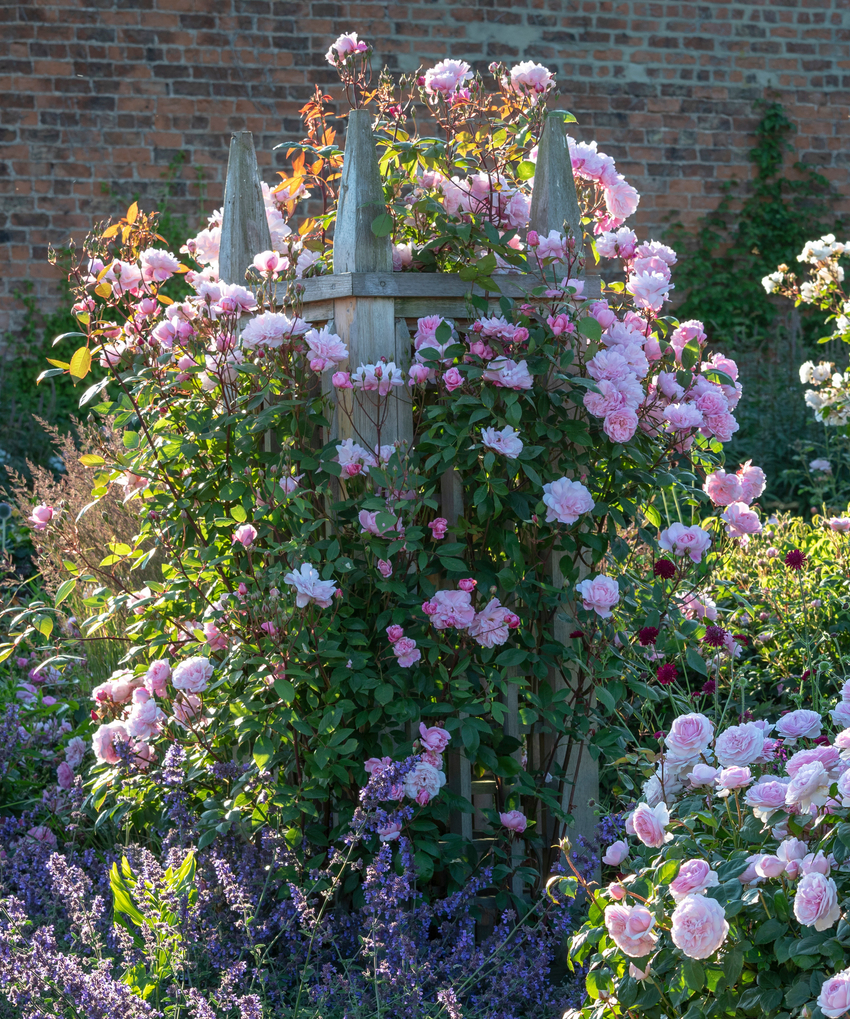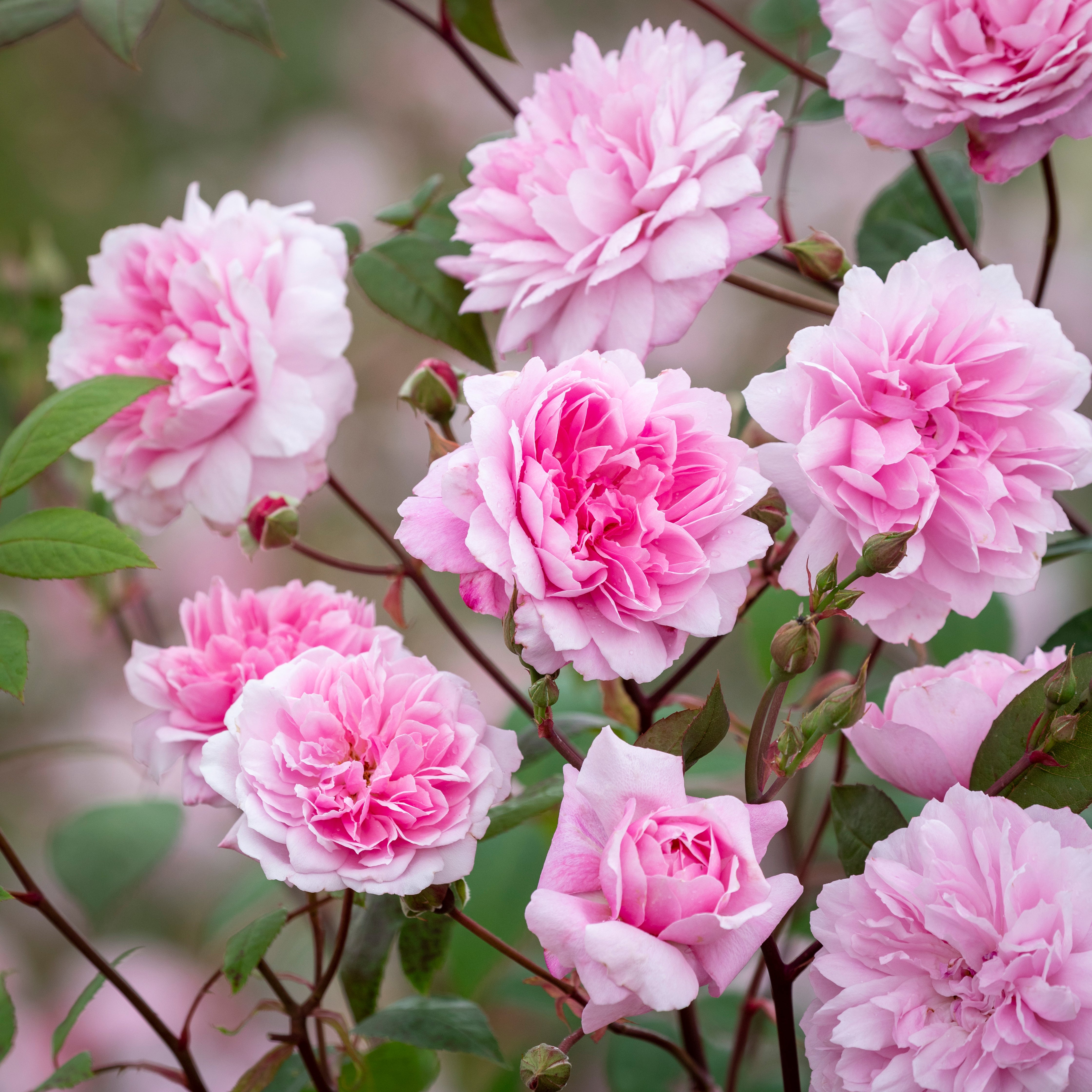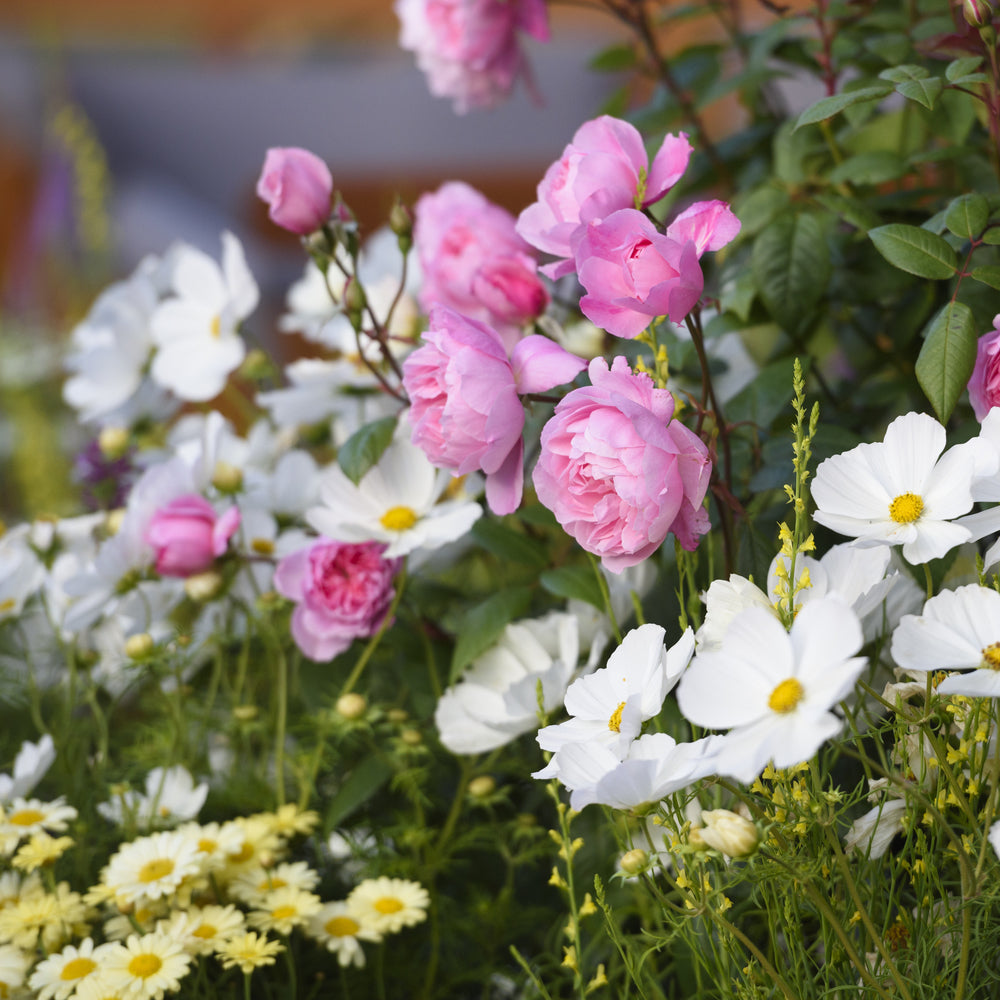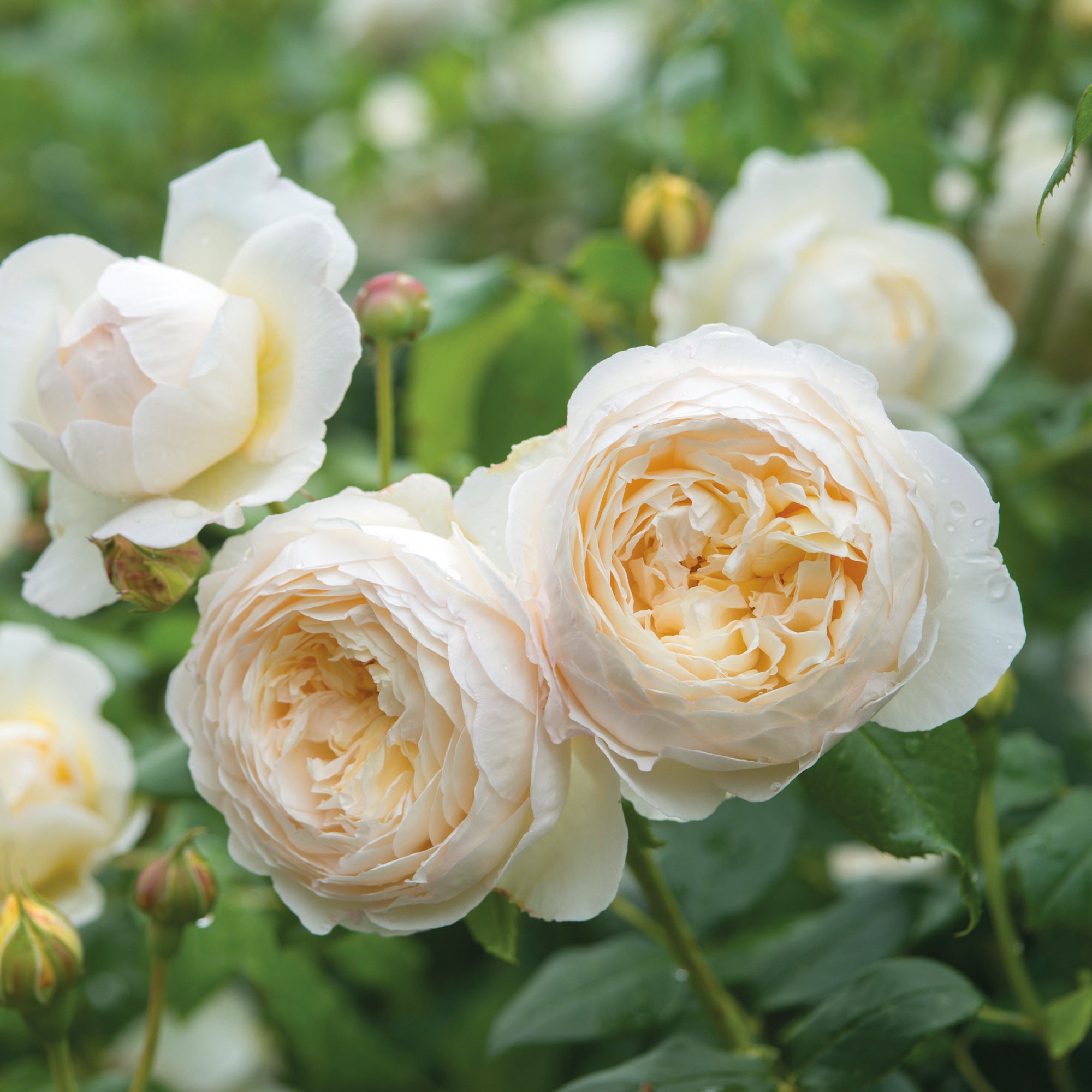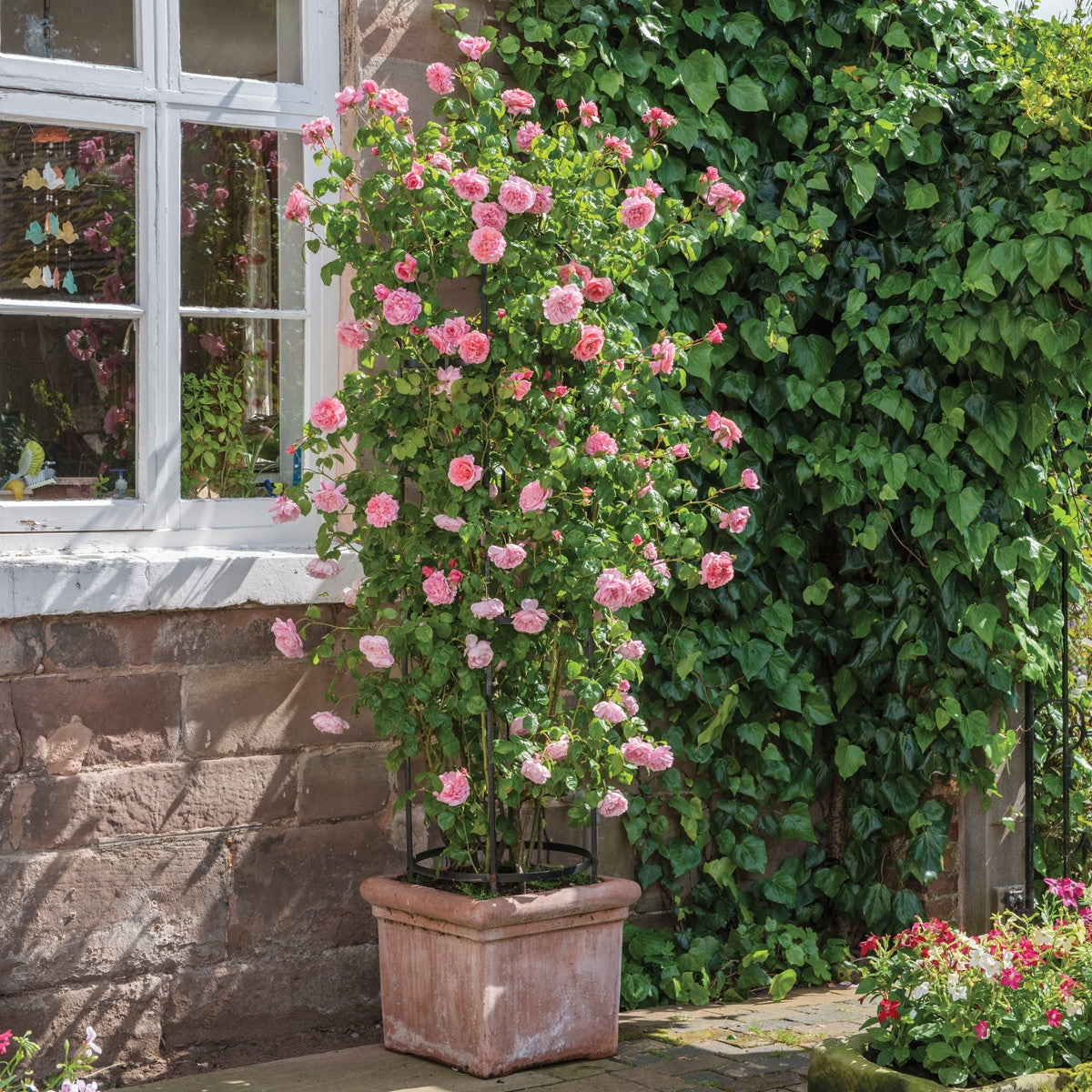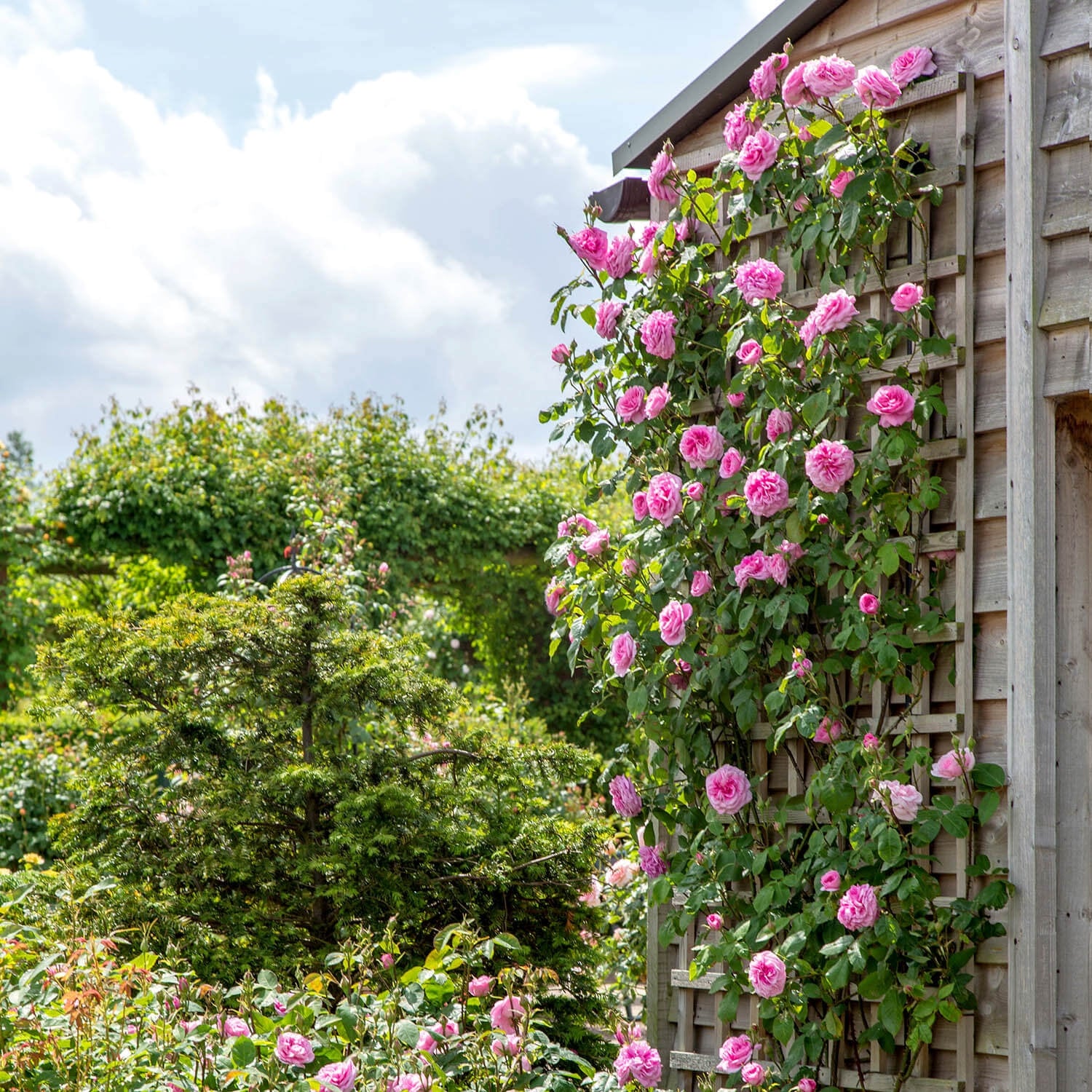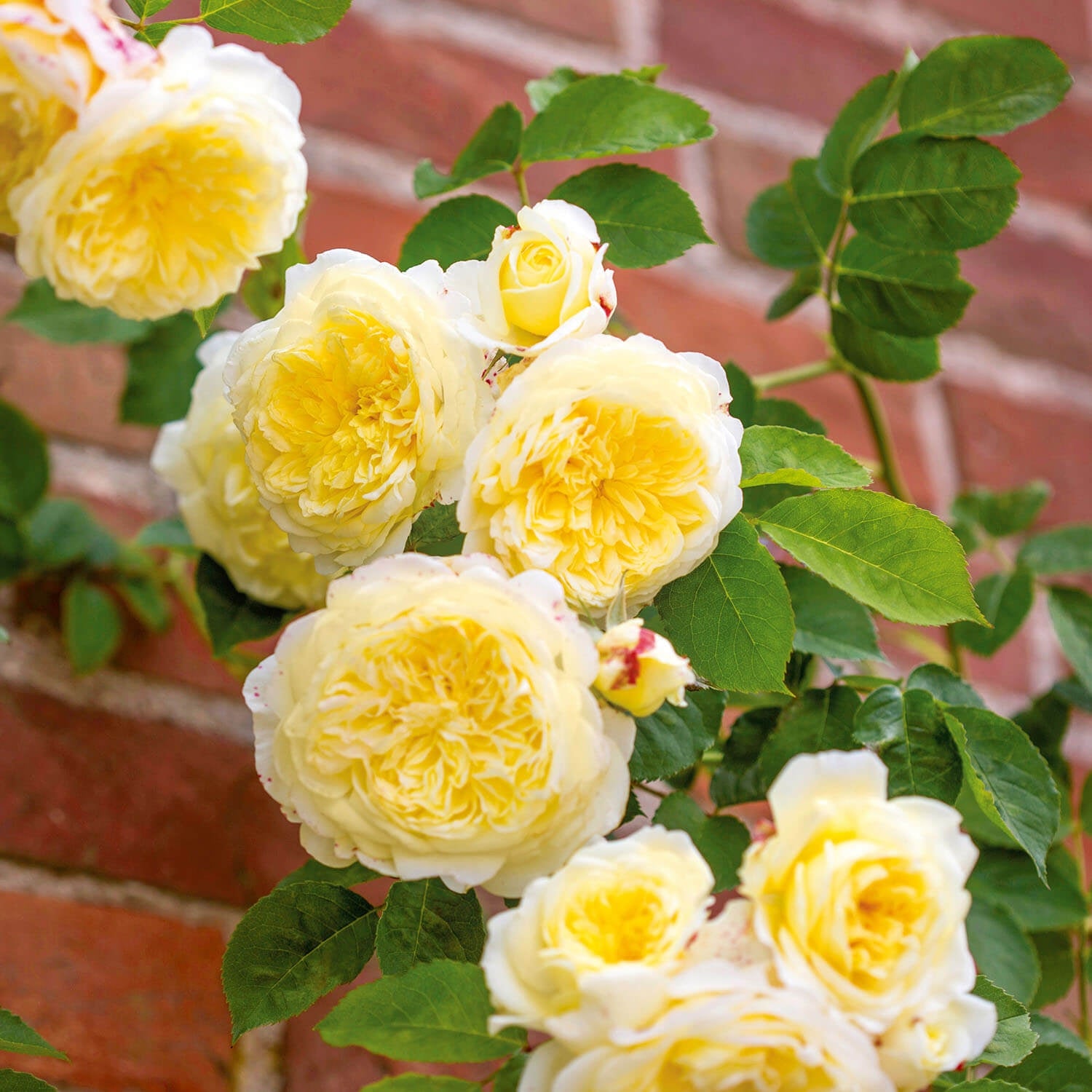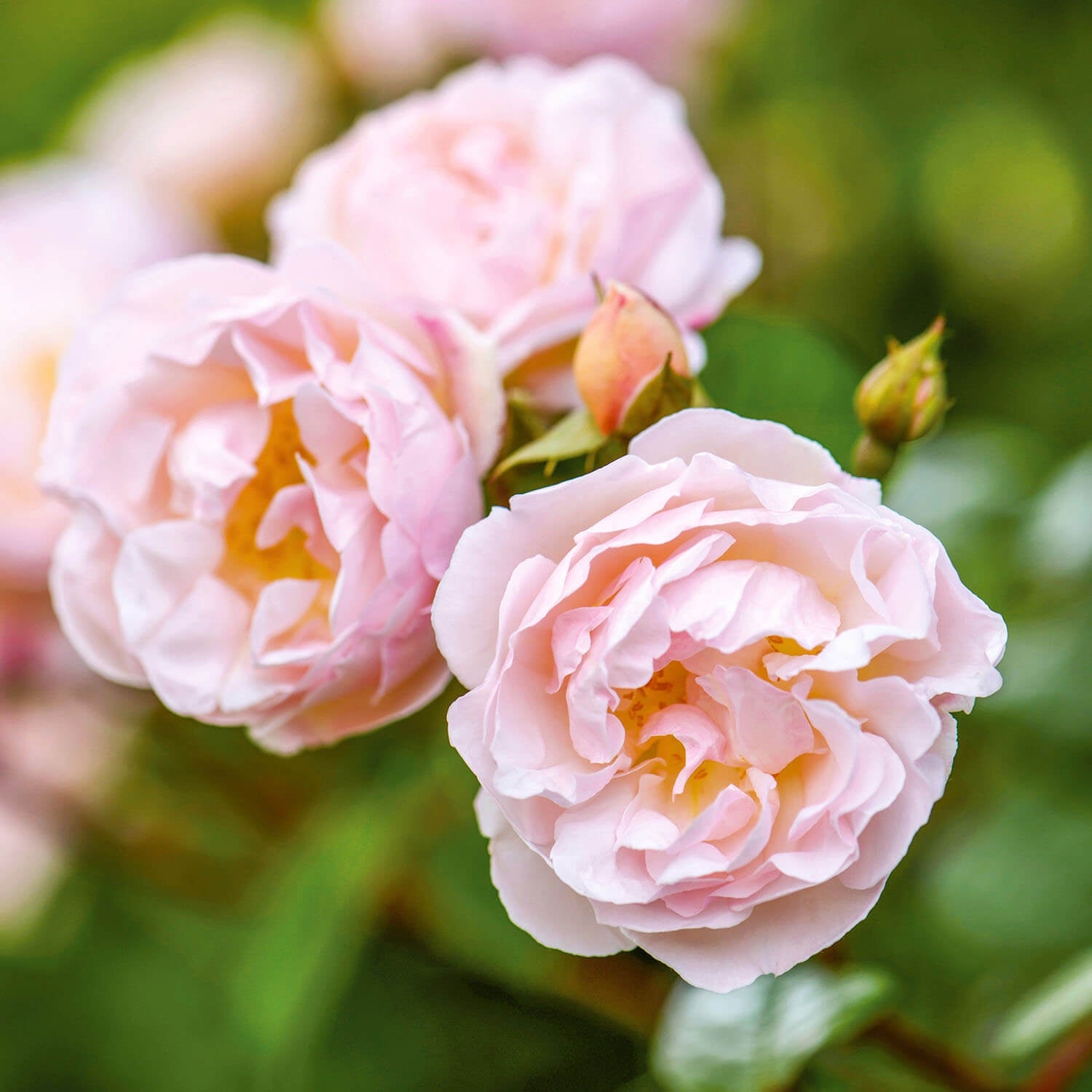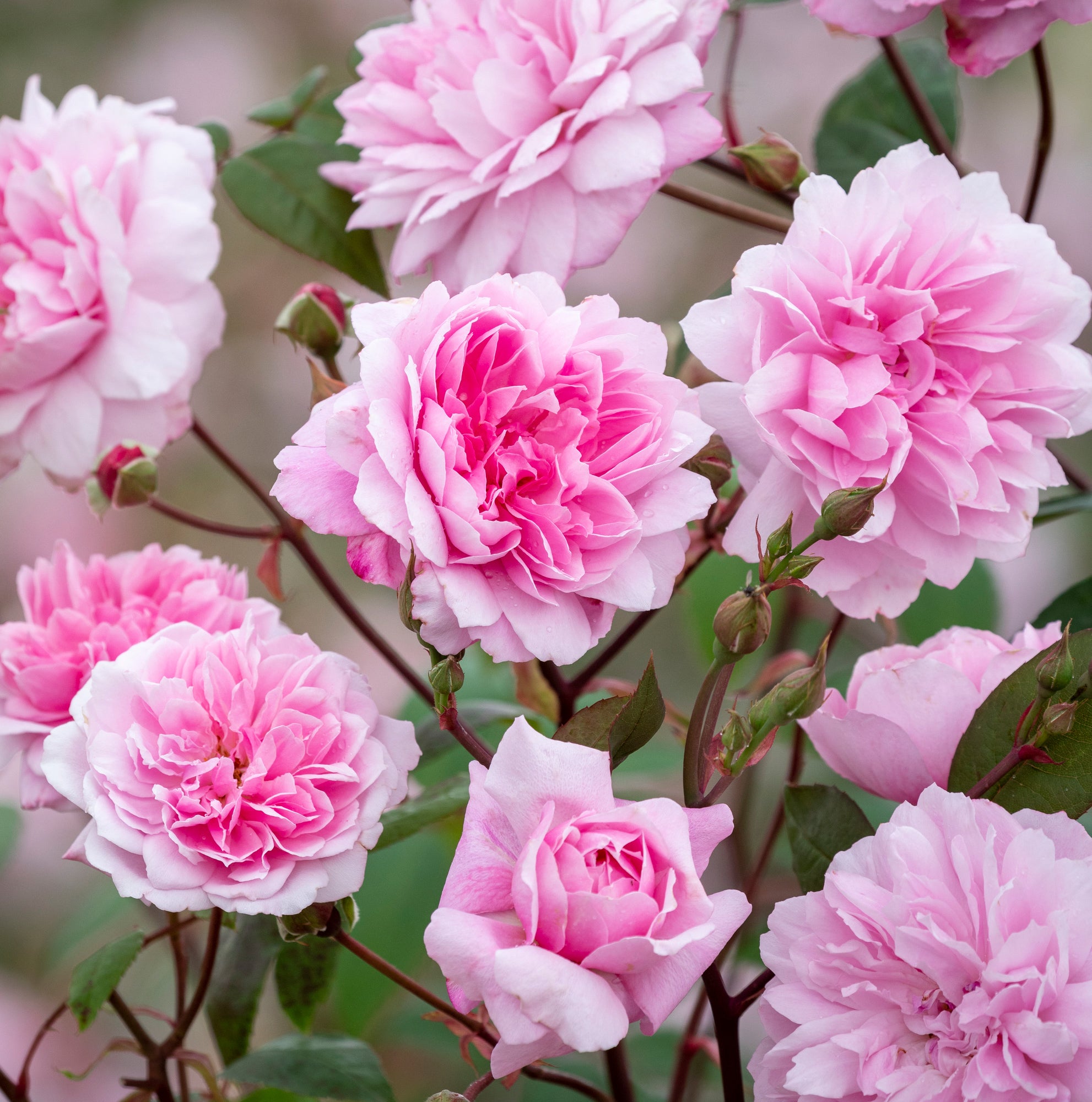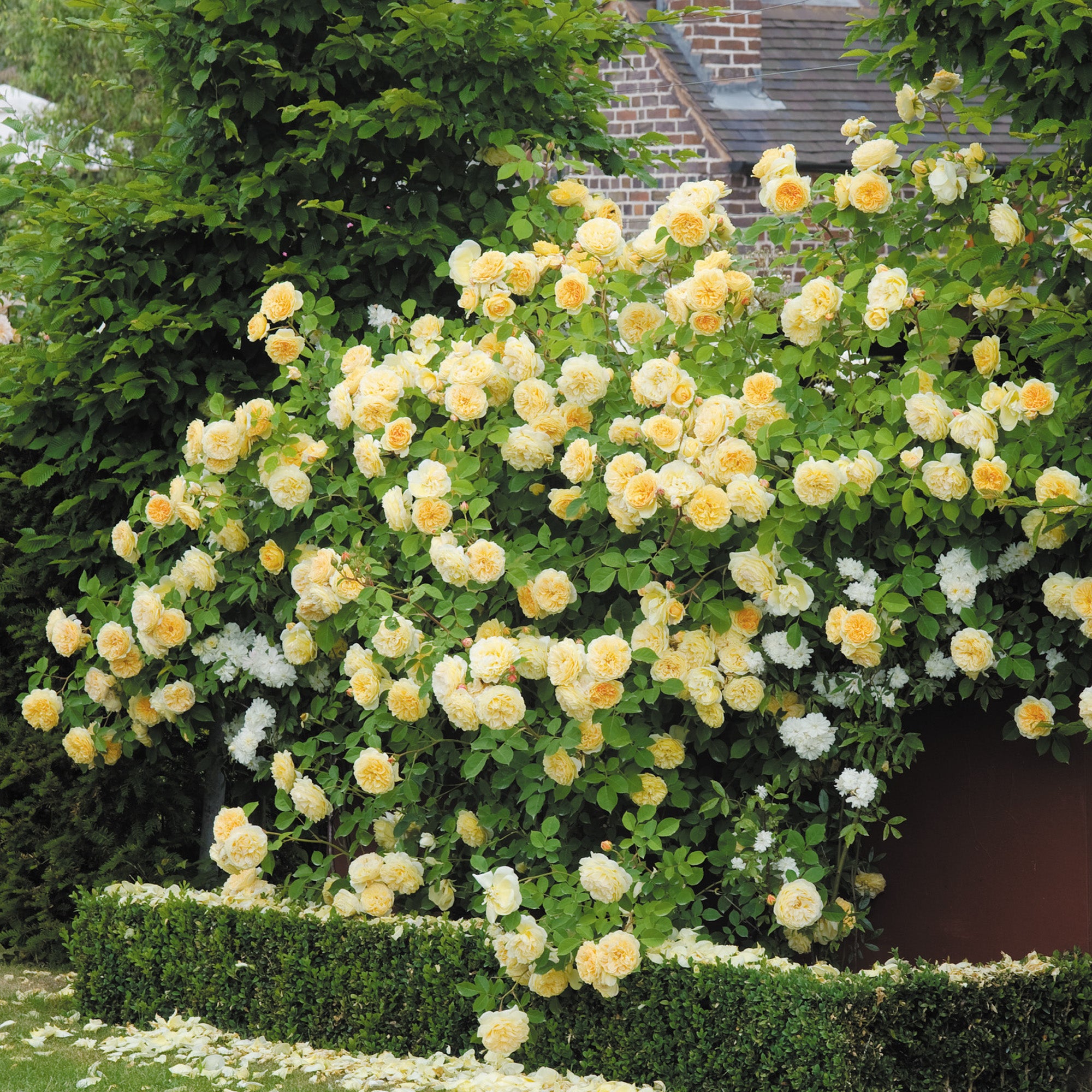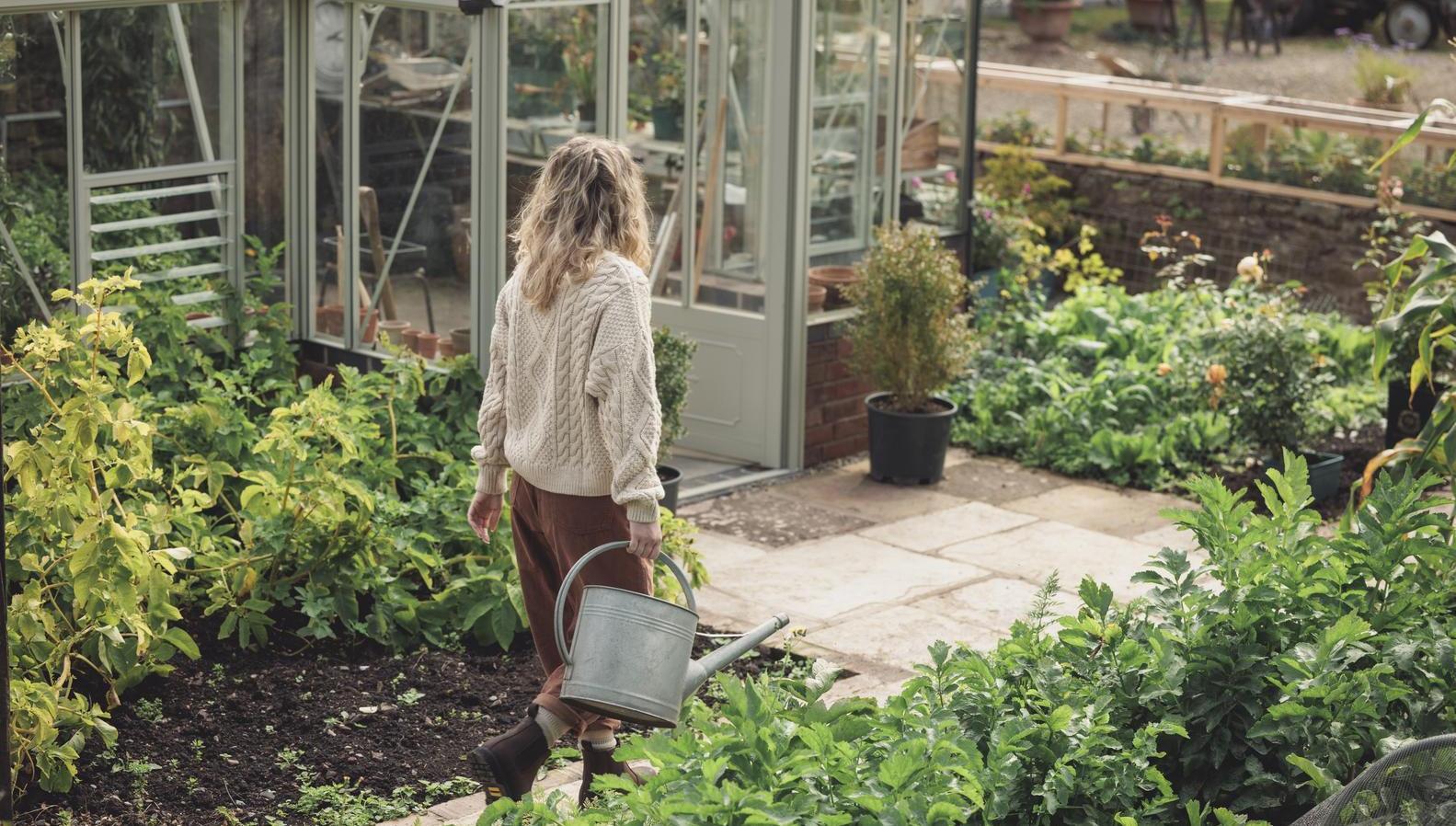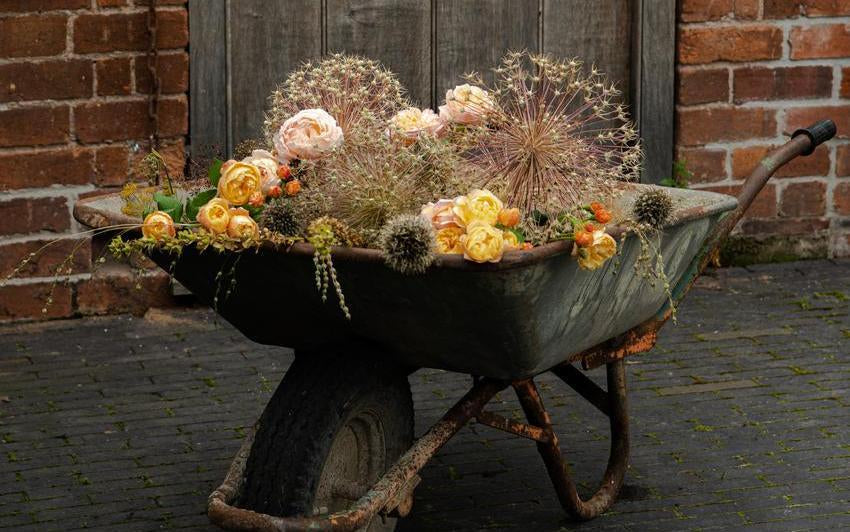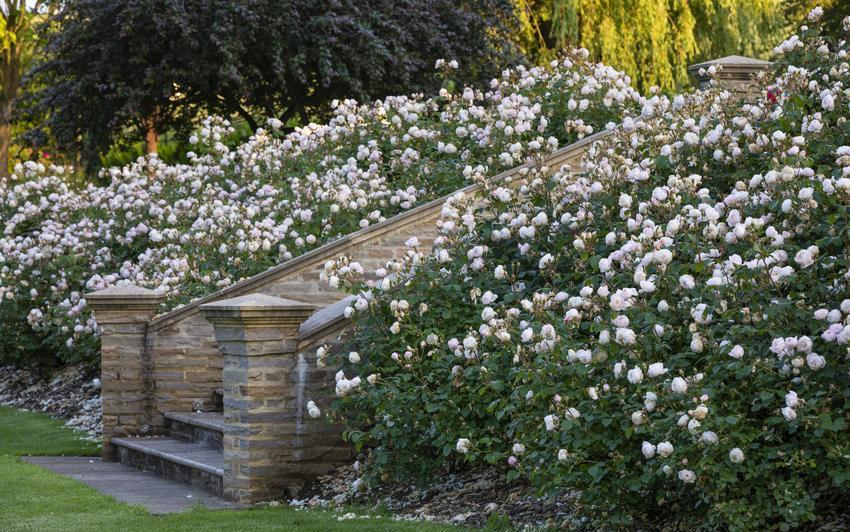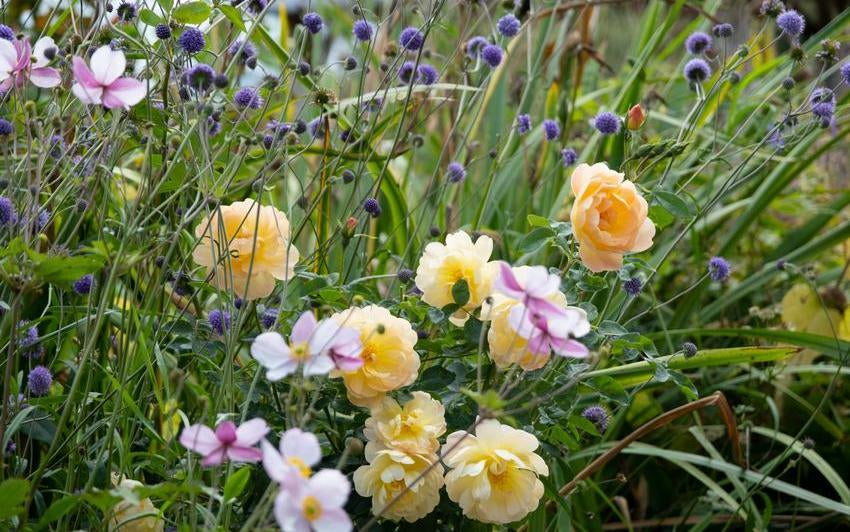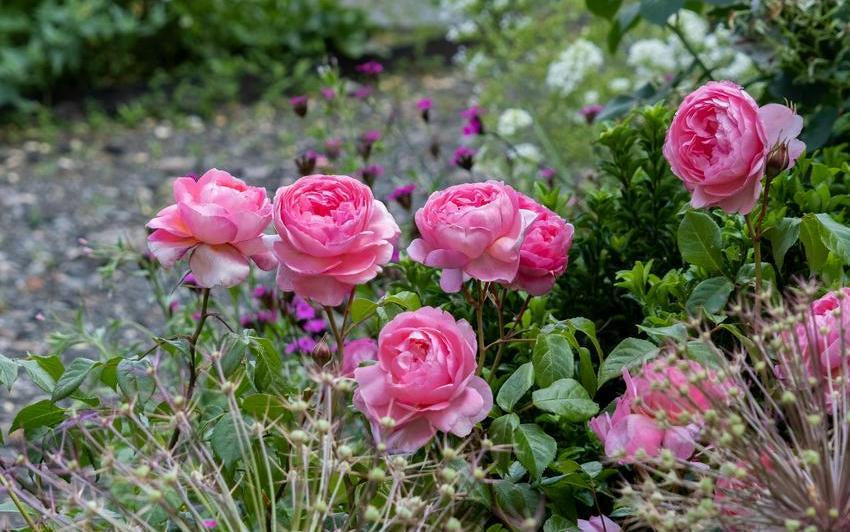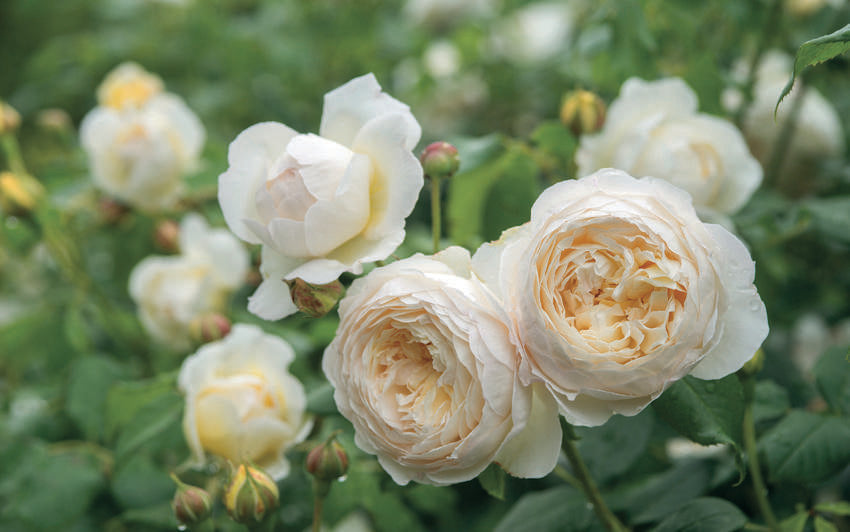Climbing and Rambling Roses in Pots
Planting a climbing or rambling rose in a pot is one of the most effective ways to introduce height, fragrance and structure to smaller gardens, courtyards and terraces. Whether used to frame a doorway, create a flowering screen along a wall or soften the lines of an obelisk, these roses offer a remarkable display when given the right conditions. Though the approach demands a little more upkeep than planting in open ground, the rewards are considerable: abundant blooms, repeat flowering, and a sense of movement and beauty that elevates even the most compact of spaces.
Pot Size and Compost: Foundation is Everything
A rose’s success in a container begins with the pot. It must be large enough to accommodate an extensive root system, support a tall framework, and retain moisture without becoming waterlogged. Choose a container that measures at least 60cm (2ft) wide and deep, holding a minimum of 100 litres of compost.
Terracotta, stone and frost-proof ceramic pots are all suitable. Ensure there are ample drainage holes. If the pot sits on paving, raise it slightly on bricks or pot feet to allow excess water to escape freely.
For compost, use a 50:50 mix of high-quality multi-purpose compost and John Innes No. 3. This combination supports strong root development and holds water well. A few handfuls of horticultural grit will further aid drainage and prevent compaction over time.
Rose Choice: Compact Climbers and Refined Ramblers
The variety must be carefully chosen. Taller ramblers and large climbers often outgrow a pot, becoming difficult to manage and quick to exhaust the soil. Instead, choose shorter, repeat-flowering climbers and small ramblers, ideally those that produce new growth from the base. This encourages flowering from top to bottom.
Our recommended varieties include:
Mary Delany® (Ausorts)
Almost thornless and with exceptional health, this elegant climber bears soft pink flowers in profusion. Its compact form and long flowering season make it especially well suited to containers.
Enhancing the Display
Roses grown in containers lend themselves well to layered planting. A soft underplanting of trailing campanulas, scented violas or summer-flowering salvias will cool the roots and extend seasonal interest. Combining your rose with a late-flowering clematis, as in the example of Rambling Rosie with Clematis ‘Cezanne’, adds depth and contrast.
A Living Structure
Whether anchoring a courtyard, framing a front door or adding height to a border, a potted climbing or rambling rose brings both structure and abundance. With the right rose, a suitable pot and consistent care, the effect is floral, elegant and entirely captivating.
Care Through the Seasons
Watering
From spring through autumn, potted roses require consistent watering. During summer, daily checks are essential. Insert a finger a few inches into the compost. If it feels dry, water thoroughly. Avoid wetting the foliage to reduce the risk of fungal issues.
Feeding
Apply a slow-release granular rose fertiliser in early spring. Follow with fortnightly liquid feeds throughout the flowering season. This is vital, as nutrients deplete rapidly in containers.
Pruning and Deadheading
Deadhead spent blooms regularly to promote repeat flowering. In late winter or early spring, prune climbers and ramblers as you would those in the ground. Remove dead or weak growth, shorten laterals to encourage flowering, and tie in strong new stems.
Mulching
Apply a mulch of well-rotted compost or bark in spring. This helps to regulate temperature, suppress weeds and retain moisture.
Repotting and Renewal
Every two to three years, refresh the compost. Either replant into a larger pot or root-prune and replace a portion of the existing compost with fresh material. Top-dress annually with a layer of new compost and a slow-release feed.
Winter Protection
Though hardy, roses in pots benefit from shelter in extreme cold. Wrap the pot in hessian or bubble wrap to insulate the rootball and, if possible, move containers to a wall or sheltered corner.

